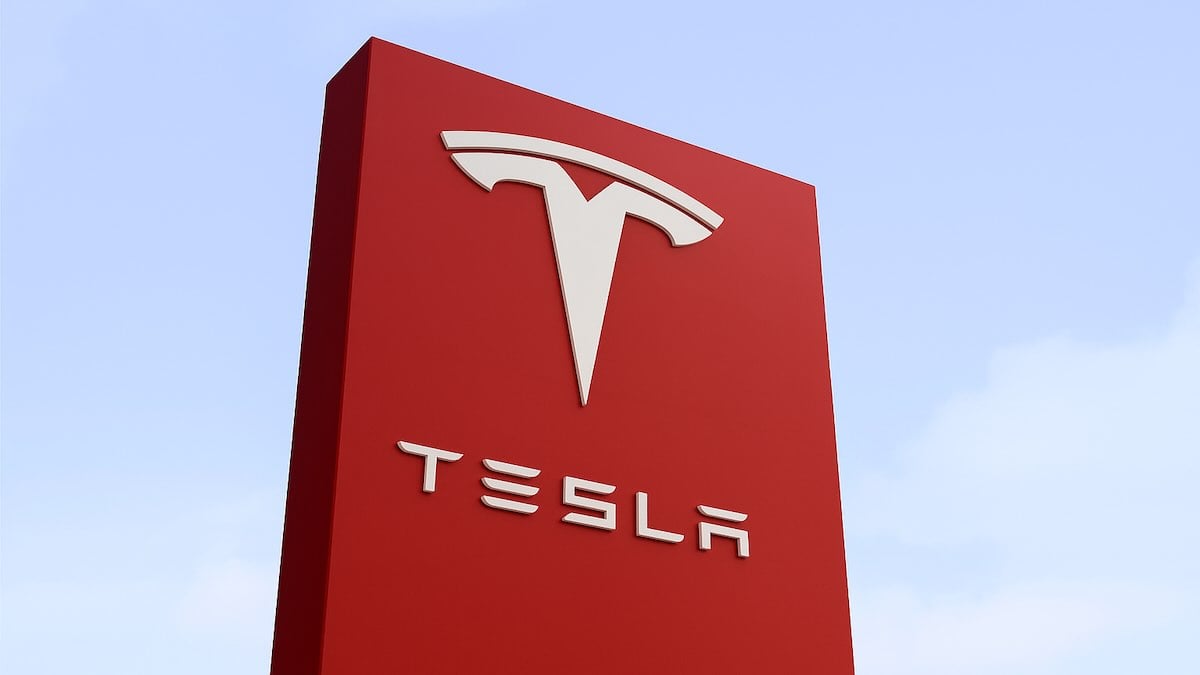Five months behind the wheel turned a bold promise into a nuanced reality. The system dazzles, then hesitates, often in the space of a block. For drivers, the prize is lower stress, yet the price is vigilance. In this review, Tesla sits at the center of the debate about trust, limits, and how quickly software can change driving. The focus stays on real roads, not staged clips.
What Tesla FSD Is—and What It Is Not
More than 1.4 million vehicles now ship with advanced driving tech, and expectations soar. Business Insider editor Alistair Barr spent five months testing FSD on city streets, highways, and rural lanes. The goal was simple: judge usefulness and reliability in daily use, not in staged demos. He logged real commutes, late turns, impatient tailgaters, and sudden detours on Silicon Valley roads. The sample felt varied enough to stress the system in normal life.
Legal scholar Bryant Walker Smith reminds us the system remains driver assistance. It is not full autonomy under current standards. That distinction matters because drivers must supervise, and they must intervene. Autopilot covers routine lane keeping and speed. FSD adds unprotected turns, traffic lights, and complex merges, while its cameras and code infer the world without lidar.
The rules stay clear: eyes up, hands ready, and accountability with the human. That promise is big, and the Tesla approach is distinctive. It relies on massive fleet data and frequent over-the-air updates. During the trial, software improved lane choice and reduced awkward pauses. Updates also sharpened creep behavior at blind corners and boosted confidence at four-way stops. Yet the label “Full Self-Driving” can mislead, since the driver stays liable. The tech excites, but the duty to watch never leaves the wheel.
Living With FSD: Wins, Wobbles, and Lessons
A long trial shows strengths that feel practical. Route planning adjusts quickly, so trips stay smooth when roads close. Intersections grow less tense as the system reads lights and signs and then commits. It handles roundabouts and merges with growing poise, and the car maintains gaps without drama in heavy traffic. Navigation also reroutes around congestion with a calm, human-like cadence.
Daily surprises still demand attention, because the edge cases keep coming. A pedestrian hesitates, and the car taps the brakes harder than you would. A cyclist signals late, and the system hesitates, then proceeds. Construction cones shift lanes overnight, so the maps lag while the vision system figures things out. You learn to hover hands, ready to nudge. The habit feels natural after a week, and confidence climbs, step by step.
Weather exposes limits that matter. In rain or fog, lane markers fade, and confidence ebbs. Glare and shadows can also prompt abrupt lifts of the accelerator. Rural stretches add livestock and blind crests, while highways add cut-ins and rubbernecking jams. Even so, the Tesla system reduces workload on long drives, because small corrections stack up into real relief. The hours feel lighter, and fatigue eases without masking the need to supervise.
The learning curve feels real, yet it shrinks with repetition. At first you second-guess each move, then you predict it. As updates arrive, the car mirrors local habits a bit better, so merges feel less timid and left turns feel less drawn out. Interventions still happen, although the frequency drops as routes repeat. You start timing prompts with upcoming maneuvers, which makes assistance work like a partner. Trust builds in layers, but it never replaces supervision.
How Tesla Compares and What Must Improve
Context helps, since autonomy is not a single race. Waymo and Cruise push toward driverless services, while this system remains supervised. That choice speeds iteration because the fleet feeds data, yet it also shifts responsibility back to humans. The test logged fewer interventions over time, which signals progress and growing stability. The trend matters, since fewer takeovers mean trust grows for everyday commutes.
Close calls still taught useful lessons, and they built healthy caution. The car occasionally braked too late for a sudden cut-in, so the driver took over. It sometimes lurched when an oncoming car edged into the lane. It disliked fresh asphalt and half-erased lines. None of this proves failure, yet each moment shows where better prediction would help. Measured skepticism, paired with patience, keeps expectations real and safety high.
Software updates show the path forward, because they already smoothed behavior. During the test, downloads refined turns, trimmed hesitation, and improved roundabout exits. Still, construction zones, odd signage, and weather remain hard problems. Regulators will keep asking for clarity about roles and liability. Even with that, Tesla can win trust by minimizing surprises and tightening its driver-monitoring loop. Better prompts, firmer nags, and clearer feedback would help supervision stay sharp.
A Clear Verdict With Room to Grow
A five-month look delivered a balanced take that matters to real drivers. The system lowers stress, saves effort, and handles complex streets more often than not. It also demands constant attention, since rare errors carry real stakes. With steady updates and honest messaging, Tesla can turn promise into confidence while humans keep both hands ready. The future feels close, yet the present still needs wide-awake eyes.
